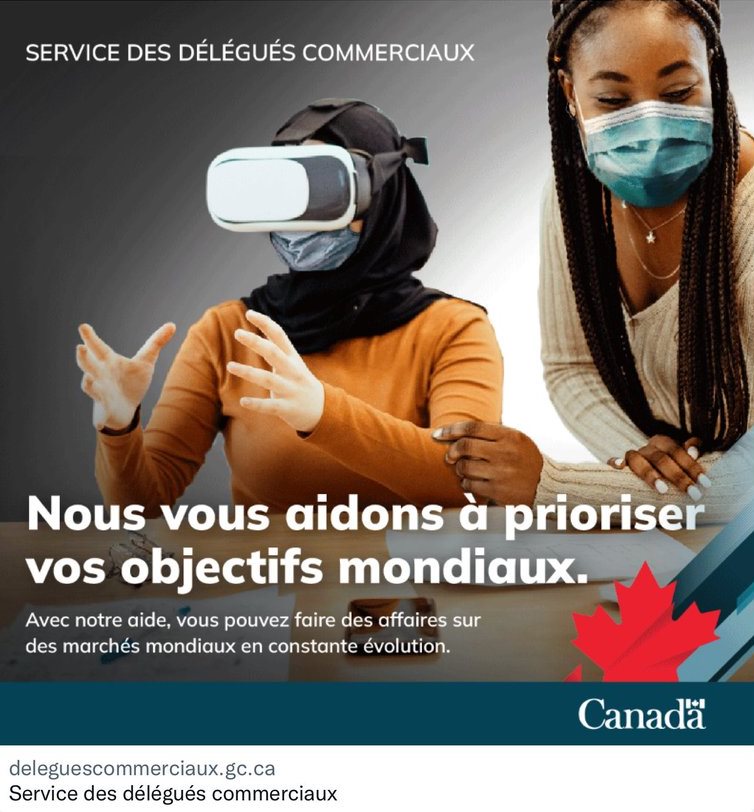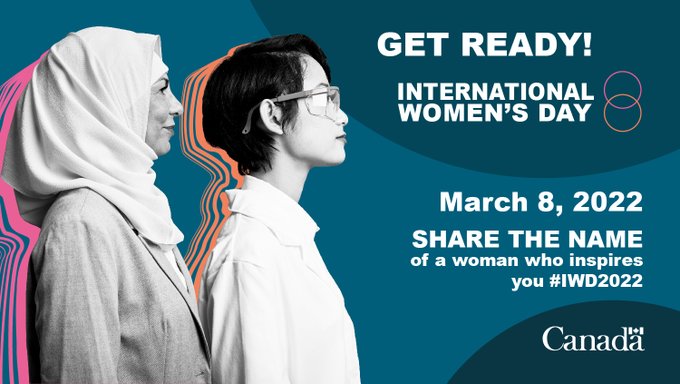By Jean-François Lisée
Le Devoir
Last week, as we marked International Women’s Day, how could we not reflect on the regression that has unfolded before our eyes since the departure of US forces from Afghanistan in September? You can blame the action of the allies, including Canada, all you want, but our presence will have at least given the Afghan women two decades of freedom. Since then, the Taliban forbid them to go out alone, run businesses, walk with their hair in the wind. In the neighboring Islamic Republic of Iran, the past year has been one of bravado. Regularly, social networks show us Iranian women removing their veil at the risk of being arrested by the guards of the local obscurantist prudishness. On the networks, the hashtags #ForcedHijab, accusatory, and #FreeFromHijab, liberator, have gained momentum, as well as #LetUsTalk, aimed at western muslim women.

What would these women have thought when they saw the official advertisement released last week by the Canadian Ministry of Women and Gender Equality? We see five women accompanied by the slogan « Feminine inspiration », one of whom wears the Islamic veil. Note: not just any veil. Not the one, colored, worn by activists and from which come out rebellious locks which attest, precisely, to a touch of impertinence. No. The stricter veil, with the headband that ensures that not a hair sticks out. The one preferred by rigorous imams.
In short, the Canadian ministry specializing in women’s rights, on the day we celebrate global women’s struggles, affirms that a strictly veiled woman represents « Feminine inspiration ». Invited by Le Devoir to comment on this ad, professor and feminist activist Nadia El-Mabrouk, of Tunisian origin, angrily states: « At a time when Afghan women have all their rights withdrawn and are condemned to circulate under a veil black, this pro-veil propaganda is indecent. »
A Canadian who embodies feminine inspiration is Yasmine Mohammed. Forced to wear the hijab at age 9, then forced into marriage at age 20, she now had to wear the niqab. She left her husband when he wanted to inflict genital mutilation on their daughter. This took place not in Baghdad, but in Vancouver. She now hosts the site Free Hearts, Free Minds, which helps women who are trying to leave a forced Islamic practice, in the world and in the country. “Leaving Islam, she writes, is punishable by death in 12 Muslim countries. In addition to state repression, apostatized people in the Muslim world risk social isolation, violence, imprisonment, torture, denial and murder”. Mohammed, author of the book Unveiled. How Western Liberals Empower Radical Islam, which describes her own experience, promotes Forgotten Feminists, women of diverse backgrounds, but especially Muslims, who have broken free from religious patriarchy and who testify to their journey.

The constrained veil
In March 2021, a Montrealer was convicted of beating his four daughters, who refused to wear the veil. He threatened to kill them if they did not obey. An echo of the assassination of three young Montrealers (and their mother-in-law) in 2009 by their parents of Afghan origin, the Shafias, unhappy with the behavior of their daughters. In the continuum that goes from these cases, certainly extreme but local and contemporary, to perfectly free and autonomous women who choose to wear the veil proudly without the slightest constraint, there is a whole space difficult to gauge.
Dr. Sherif Emil, director of pediatric surgery at the Montreal Children’s Hospital, opened a small window into this reality this December. He was taken to task for having protested in a professional outlet against the use of a photo showing a child wearing a hijab. « Do not use an instrument of oppression as a symbol of diversity, » he wrote, before being showered with insults and threats.
Contrite, he then explained that he wanted to relay the experience of a doctor colleague who was forced to wear the hijab from childhood and who described to him « how this caused psychological suffering in her which lasted until adulthood « . Since the beginning of this controversy, Dr. Emil has received countless testimonials from women telling him their stories. All of these Canadian women, he writes, “cannot speak out publicly because they fear personal or professional reprisals.” This simple fact, he adds, “should trouble many.”
Since this dynamic of the forced veil exists in Quebec and in Canada, what should we think of the propensity of government and businesses — and last month, of the Federation of Canadian Municipalities — to choose the image of the veiled woman as the symbol par excellence of diversity ? This choice reinforces patriarchal Muslim narratives by stereotyping the good Muslim woman as a veiled Muslim and by marginalizing those who wants to free themselves from this religious norm.
A discriminatory choice
It also discriminates against other religious faiths. The third of Canadians who are non-believers can recognize themselves among the other people represented, the veiled woman being rarely alone. But two-thirds of Canadians claiming a religious attachment must note that the only religion on display is not that of Jesus, Yahweh or the supreme Sikh guru, but that of Allah. What did he do to obtain this precedence?
Religious-minded listeners to the CBC Newsworld are experiencing the same problem. At prime time, a veiled journalist explains their daily life to them. They will look in vain for a presenter displaying the majority religion, Christian, or other faiths. There is obviously a remedy to this problem of fairness: neutrality. A concept that seems to be in sharp decline in English Canada.
How to conclude? I asked Yasmine Mohammed for her reaction to the March 8 Canadian anti-feminist ad. Here is his response: “I am so tired, Jean-François. For me, it’s so personal. I do not know what to say. It breaks my heart. »






